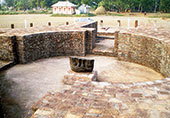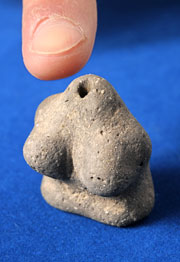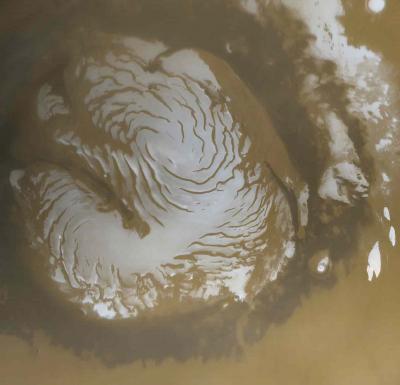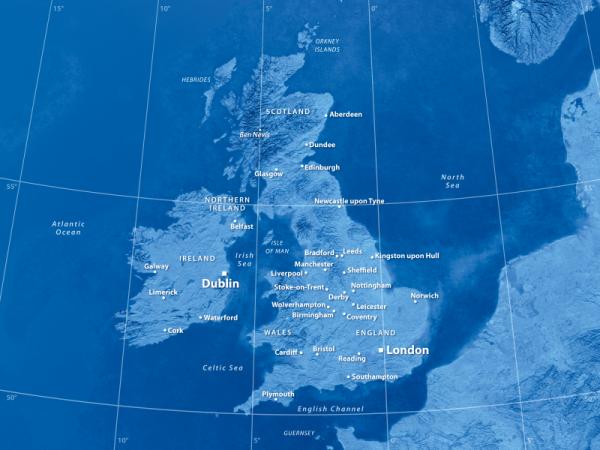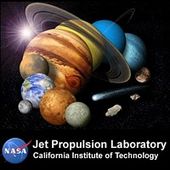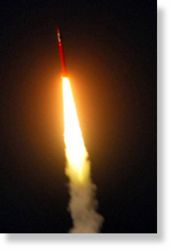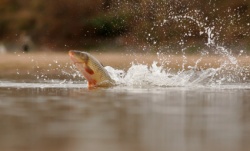
an important role in the evolution of the
human brain.
In what is the first evidence of consistent amounts of aquatic foods in the human diet, an international team of researchers has discovered early stone tools and cut marked animal remains in northern Kenya. The work has just been published in the Proceedings of the National Academy of Science (PNAS).
"This site in Africa is the first evidence that early humans were eating an extremely broad diet," says Dr Andy Herries from the University of New South Wales (UNSW), the only researcher from Australia to have worked with the team. The project represents a collaborative effort with the National Museums of Kenya and is led by David Braun of the University of Cape Town in South Africa and Jack Harris of Rutgers University in the US.

